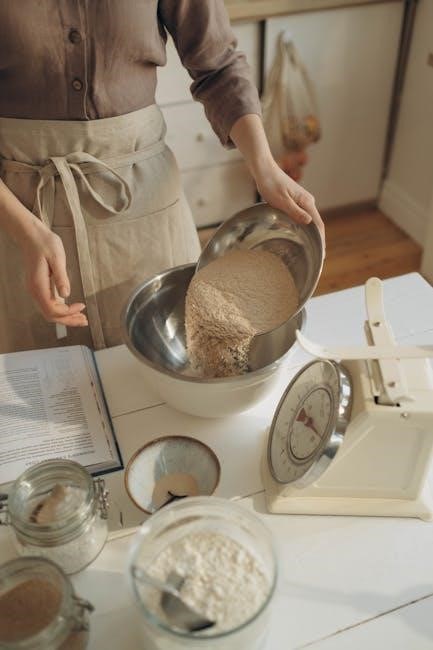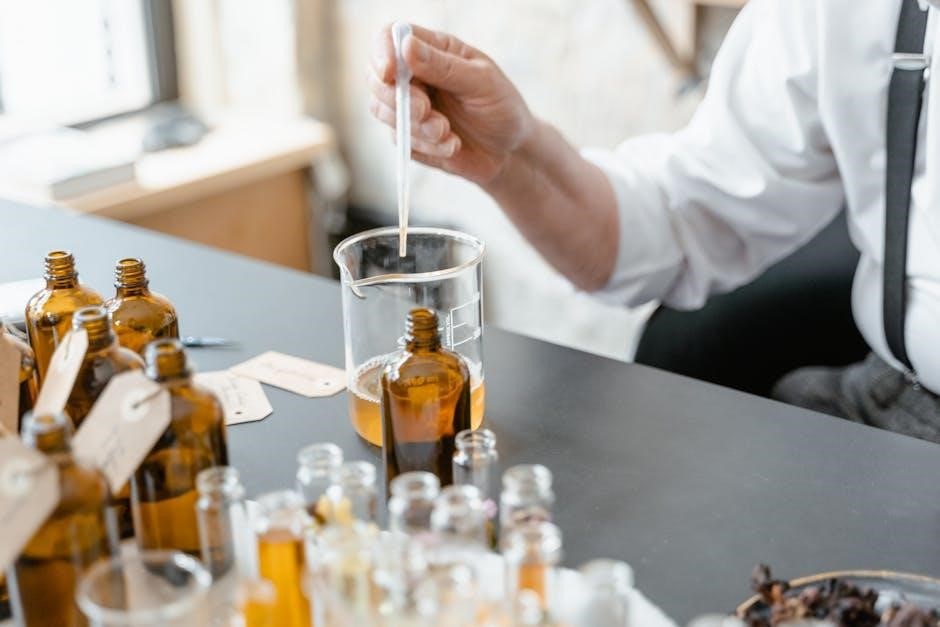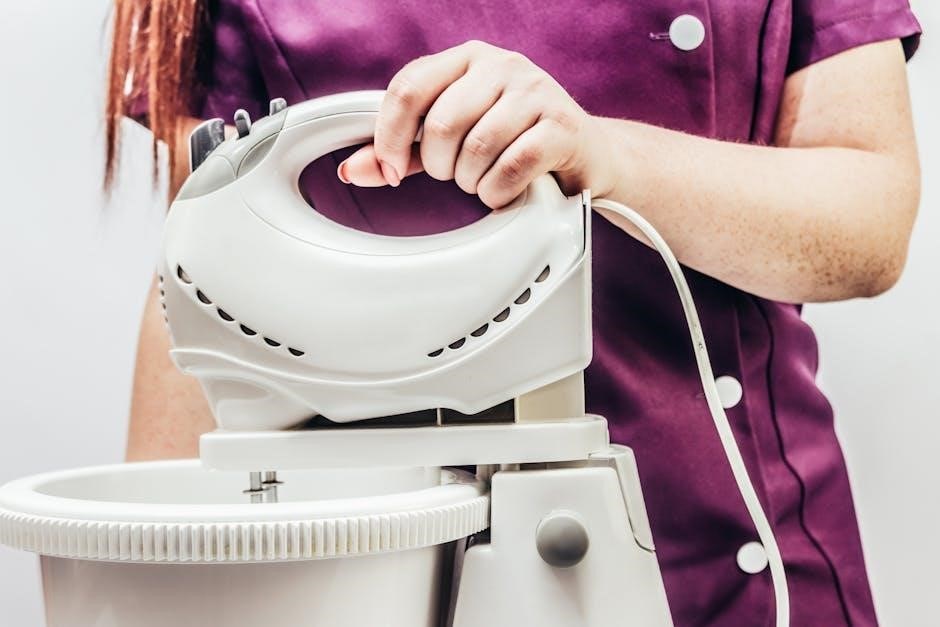IGF-1 LR3 Mixing Instructions: A Comprehensive Guide
This comprehensive guide provides detailed IGF-1 LR3 mixing instructions for research purposes. Proper reconstitution is crucial for optimal bioactivity and accurate results in cell culture and molecular biology applications. Follow these steps carefully for best outcomes.
What is IGF-1 LR3?
IGF-1 LR3, or Insulin-like Growth Factor-1 Long R3, is an 83 amino acid analog of human IGF-1. It’s a polypeptide long-chain amino acid peptide hormone, primarily released from the liver in response to growth hormone stimulation. Modifications in its amino acid sequence give it improved biological potency and extended duration of action compared to native IGF-1. This synthetic analog exhibits enhanced stability and effectiveness in cell culture and various molecular biology applications, making it a valuable tool for researchers studying muscle, bone, and cartilage tissue.
Understanding IGF-1 LR3
Gaining a solid understanding of IGF-1 LR3 is important before handling it. This section provides insights into its characteristics, benefits, and how it differs from the standard Insulin-like Growth Factor 1.
IGF-1 LR3: An Overview
IGF-1 LR3, or Long Arginine 3-IGF-1, is a synthetic analog of human Insulin-like Growth Factor 1. It is an 83 amino acid polypeptide. The key difference lies in the arginine substitution at the third position and an N-terminal protein extension. These modifications enhance its biological potency and extend its half-life. IGF-1 LR3 exhibits increased bioactivity. It is also more stable compared to unmodified IGF-1. It’s released primarily from the liver. It is released with the stimulus of growth hormone (HGH). Always centrifuge the vial before opening.
Key Features and Benefits of IGF-1 LR3
IGF-1 LR3 boasts several key features that make it valuable in research. Its enhanced biological potency stems from modified amino acid sequences. It results in improved receptor binding and cellular response. The extended half-life reduces the need for frequent administrations. It ensures sustained activity in experiments. Benefits include superior stimulation of cell growth. It also enhances differentiation and proliferation. It has improved stability and a longer duration of action compared to native IGF-1. Always source from reputable vendors. This ensures quality and reliability. The co-purified barley seed proteins can prolong the lifetime of the recombinant protein.
Essential Supplies for Reconstitution
Proper reconstitution requires specific supplies to maintain sterility and ensure accurate concentrations. Bacteriostatic water is essential, along with sterile vials for mixing and storage. Accurate syringes and aseptic techniques are also necessary.
Required Materials: A Checklist
Before initiating the IGF-1 LR3 reconstitution process, ensure all necessary materials are readily available. This includes sterile vials for containing the reconstituted solution, bacteriostatic water for dissolving the lyophilized peptide, and syringes with fine gauge needles for accurate measurement and transfer of liquids. Also, gather sterile alcohol wipes for disinfecting vial tops, gloves to maintain sterility, and appropriate personal protective equipment. A calibrated pipette can aid in precise dilution. Ensure the IGF-1 LR3 vial is centrifuged before opening. Finally, have a well-organized workspace to prevent contamination and ensure a smooth process.
Importance of Bacteriostatic Water and Sterile Vials
The use of bacteriostatic water is paramount in IGF-1 LR3 reconstitution as it prevents bacterial growth, maintaining the peptide’s integrity. Sterile vials are equally crucial to avoid contamination, which could compromise research results. Non-sterile equipment can introduce endotoxins, impacting bioactivity. Bacteriostatic water contains a preservative agent that inhibits microbial proliferation, extending the shelf life of the reconstituted IGF-1 LR3. Opting for high-quality bacteriostatic water and sterile vials ensures the stability and purity of the solution, leading to reproducible and reliable outcomes in cell culture and other applications, essential for research validity.

Step-by-Step Reconstitution Process
This section outlines the step-by-step reconstitution process for IGF-1 LR3, ensuring proper mixing and dissolution. Follow these instructions carefully to achieve optimal concentration and maintain the integrity of the peptide for research purposes.
Preparing the IGF-1 LR3 Vial
Before initiating the reconstitution process, it is imperative to properly prepare the IGF-1 LR3 vial. Begin by centrifuging the vial briefly to ensure that all the lyophilized powder is settled at the bottom. This step prevents loss of material during the opening process. Sanitize the top of the vial with an alcohol swab to maintain sterility. Allow the alcohol to evaporate completely before proceeding. This minimizes the risk of contamination during reconstitution. Ensure you have all necessary supplies such as bacteriostatic water and sterile syringes readily available before opening the vial to avoid delays.
Mixing and Dissolving the Powder
Carefully introduce the appropriate amount of sterile bacteriostatic water into the IGF-1 LR3 vial, aiming the stream of liquid against the side of the vial to avoid foaming. Gently swirl the vial, avoiding vigorous shaking, to facilitate the dissolution of the lyophilized powder. Allow the solution to sit for a few minutes to ensure complete dissolution. If needed, gently rock the vial. Inspect the solution to ensure that there are no visible particles. The solution should appear clear. Do not vortex the solution as it may damage the peptide.
Recommended Reconstitution Concentrations
Achieving the correct concentration is key. We will present guidelines for optimal concentrations of IGF-1 LR3. These guidelines are here to help ensure accurate and consistent results in your research applications and studies.
Optimal Concentration Guidelines (100-200 ug/ml)
For optimal results, it is generally recommended to reconstitute IGF-1 LR3 to a concentration between 100-200 ug/ml. This range has been shown to provide a balance between stability and usability in various research applications. A concentration of 100µg/ml is a good starting point. It allows for further dilutions as needed. A higher concentration of 200 ug/ml may be preferred when working with small volumes or when higher doses are required. Always consider the specific requirements of your experiment when determining the appropriate concentration. Use sterile 18M-cm H2O as the solution.
Dilution Considerations for Specific Applications
After reconstituting IGF-1 LR3, further dilutions may be necessary depending on the specific application. For cell culture, dilutions are often made directly into the cell culture medium to achieve the desired final concentration. When using IGF-1 LR3 in molecular biology assays, consider the assay’s sensitivity and adjust the dilution accordingly. It’s crucial to use a sterile diluent, such as buffered saline, to maintain the integrity of the IGF-1 LR3. Always prepare fresh dilutions immediately before use to avoid degradation. Careful dilution ensures accurate and reproducible results.
Storage Guidelines After Reconstitution
Proper storage post-reconstitution is vital. IGF-1 LR3 can degrade if not stored correctly. Follow the specific temperature guidelines for short and long-term storage to maintain its stability and efficacy for research purposes.
Short-Term Storage (2-8°C)
For short-term storage of reconstituted IGF-1 LR3, maintain a temperature between 2-8°C. This refrigeration temperature is suitable for up to one month after reconstitution. Ensure the vial is tightly sealed to prevent contamination and degradation. Avoid repeated freeze-thaw cycles during this period. Storing at this temperature allows for convenient access for immediate experiments. Be aware that prolonged storage beyond one month, even at 2-8°C, may compromise the integrity and bioactivity of the IGF-1 LR3, so use promptly or consider long-term storage.
Long-Term Storage (-20°C to -80°C)
For extended storage of reconstituted IGF-1 LR3, maintain a temperature between -20°C to -80°C. This ultra-cold environment helps preserve the peptide’s stability and bioactivity for longer durations. It is highly recommended to aliquot the reconstituted IGF-1 LR3 into smaller, single-use portions before freezing. This prevents repeated freeze-thaw cycles, which can degrade the peptide. Ensure vials are properly labeled with the date of reconstitution and concentration. This method ensures the integrity of the peptide.

Troubleshooting Common Issues
Encountering issues during IGF-1 LR3 reconstitution? This section addresses cloudiness, incomplete dissolution, and contamination. Learn to identify and resolve these common problems to ensure successful reconstitution and maintain the integrity of your research material.
Addressing Cloudiness or Incomplete Dissolution
Cloudiness or incomplete dissolution of IGF-1 LR3 after adding the solvent often indicates improper technique or issues with the product itself. Ensure that you are using the recommended solvent, such as sterile bacteriostatic water or 100 mM acetic acid, at the correct volume. Gently swirl the vial, avoiding vigorous shaking, to aid dissolution. If cloudiness persists, allow the solution to sit at room temperature for a short period. If still unresolved, consider the product’s integrity and contact the supplier. Always centrifuge the vial before opening. This issue is relevant to cell culture applications.
Preventing Contamination During Reconstitution
Preventing contamination is paramount during IGF-1 LR3 reconstitution to ensure accurate and reliable research results. Always work in a sterile environment, such as a laminar flow hood, when handling vials and solvents. Use sterile, disposable syringes and needles for each step to avoid cross-contamination. Prior to use, wipe down vials and work surfaces with 70% ethanol. Wear gloves and a lab coat to minimize the risk of introducing contaminants. Bacteriostatic water is preferred, as it inhibits bacterial growth. Proper aseptic technique is crucial for cell culture experiments and molecular biology applications. Avoid touching sterile surfaces.

Applications in Research
IGF-1 LR3 is a valuable tool in cell and molecular biology research. It is used in stem cell culture, tissue engineering, and various in vitro studies to promote cell growth and differentiation.
Cell Culture and Molecular Biology
In cell culture, IGF-1 LR3 enhances the proliferation of various cell types, including muscle, bone, and cartilage tissues. Its increased potency compared to native IGF-1 makes it ideal for promoting cell growth and survival. Researchers utilize IGF-1 LR3 to study cellular mechanisms, growth factor signaling pathways, and the impact on cell differentiation.
Molecular biology applications benefit from IGF-1 LR3’s ability to stimulate cellular processes. Its use in standardized bioassays and assays for cell growth is crucial in studying gene expression and protein synthesis in response to growth factor stimulation.
Stem Cell Culture Applications
IGF-1 LR3 is frequently used in stem cell culture to promote proliferation and differentiation. Its enhanced potency and stability compared to unmodified IGF-1 reduces the required concentration, making it a cost-effective choice.
Researchers use IGF-1 LR3 to replace native IGF-1, supporting stem cell expansion and differentiation into specific cell lineages. It plays a role in maintaining stem cell pluripotency and directing differentiation pathways. Optimal concentrations depend on the stem cell type and culture conditions.

Safety Precautions and Handling
Handle IGF-1 LR3 with care. It is intended for laboratory research use only. Adhere to standard laboratory safety procedures, including wearing gloves and eye protection, when handling this peptide to prevent exposure and contamination.
Proper Handling Procedures
Prior to handling IGF-1 LR3, ensure a clean workspace and sterile environment. Always centrifuge the vial before opening to collect the powder at the bottom. Reconstitute with sterile water, ideally 18M-cm H2O, or buffered saline, avoiding less than 100 ug/ml concentration, or 100 mM Acetic Acid. Use aseptic techniques to prevent contamination. Avoid direct contact with skin and eyes. In case of contact, wash thoroughly with water. Store reconstituted solutions according to recommended guidelines to maintain stability. Properly dispose of any waste materials to prevent environmental contamination.
Adhering to Laboratory Research Use Only Guidelines
IGF-1 LR3 is strictly intended for laboratory research purposes only, therefore, it must not be used for human consumption, medical treatments, veterinary applications, or household purposes. It’s crucial to familiarize yourself with the terms and conditions of sale. Always handle IGF-1 LR3 with appropriate personal protective equipment. Ensure proper labeling and storage within the laboratory setting. Any misuse or unauthorized application of IGF-1 LR3 is strictly prohibited. Researchers must adhere to ethical guidelines and institutional policies regarding the use of this research material. Consult safety data sheets for comprehensive safety information.


